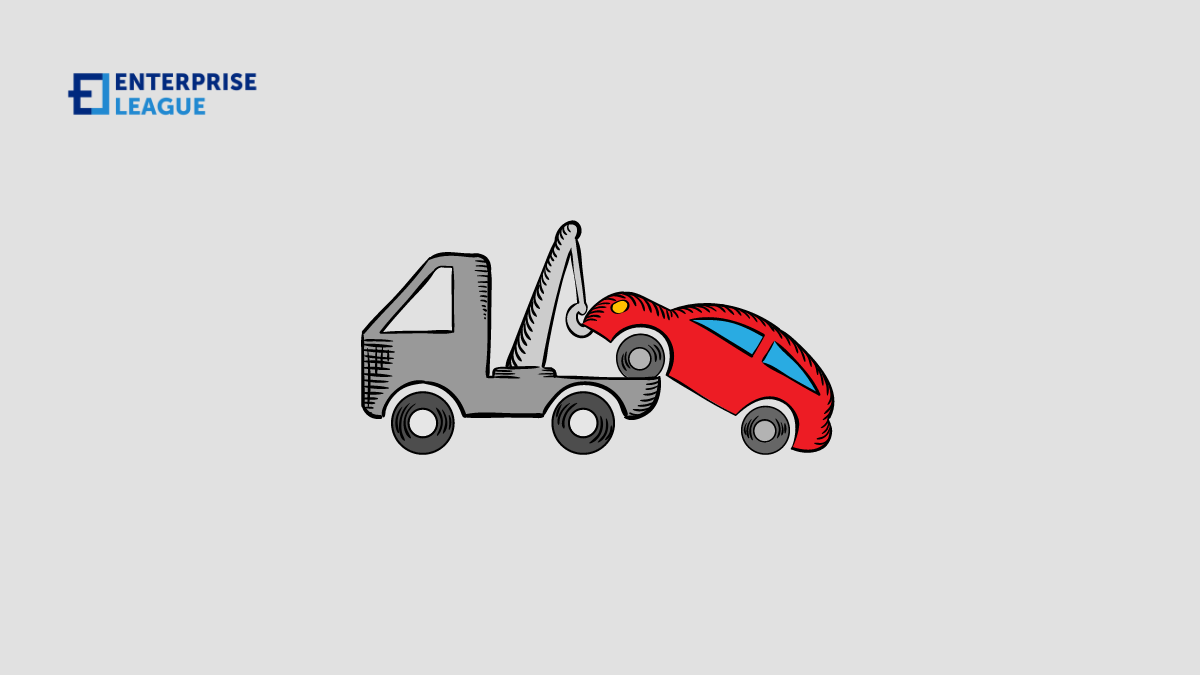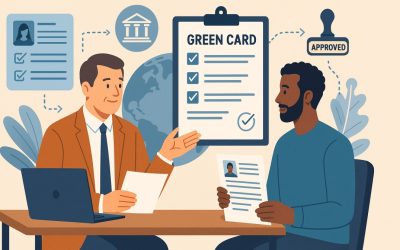Auto insurance is a crucial component of the entire process of owning and using a vehicle. Car insurance policies that protect your car, you, and the other drivers involved in the crash have become a necessity.
When the car you bought is on a loan, you do not completely own the car. The bank or your loan provider partially owns the car until you have paid off the debt. If you’re juggling multiple loans, one way to simplify repayments is to get a debt consolidation loan, which combines multiple debts into a single manageable payment. Once you pay the money owed to the bank, you own the car completely. But during the loan period, the loan provider has an interest in your car.
This is why many banks or other financial institutions that provide loans, require you to have auto insurance policies as long as the debt hasn’t been paid. But what if you do not get car insurance for your car? Can the bank repo your car? Let’s find out.
Can the bank repo your car?
This “security” of assets (here, car) comes with auto insurance policies. You are required to have a few auto insurance policies to legally drive the car. While liability insurance is mandatory to have in almost every state to legally drive a car, banks can ask you to get some extra coverage as well.
Coming to the question of repossession, the banks can repo your car if you drive a car without the required auto insurance policies. The banks are within legal grounds to do so and you cannot stop it from happening. If this unfortunate event occurs, it’s crucial to know how to get a repo off your credit report to mitigate the long-term financial impact.
Why do banks repo cars if driven without insurance?
What if someone took your car and started driving without any guarantee to give it back? Or what if they crash it and don’t have a single penny to pay for the repairs? The banks are exactly in this place when they give you a loan for a car. The car is their investment.
With the high chances of a car accident in which the car will be damaged, banks require a guarantee that the car can be fixed. While banks can repo the car, it is rarely the case. Repossession comes with its costs and hassle. Banks choose a much simpler, easier way.
Insurance policies before getting a vehicle loan
To ensure that their investment is secured, banks require you to get insurance before they approve your vehicle loan. This means that they won’t ask you to get vehicle insurance policies, but they’ll add them automatically to the package.
All the necessary insurance policies are added to your loan plan, and the insurance premium costs are combined with your loan repayment plan. This ensures that the car is safe while you pay the loan amount back.
Insurance policies required by banks
Banks are not much bothered by your medical treatments or hospitalization expenses. They want to ensure that there is enough money to repair the car. So the policies they require you to have include:
- Liability insurance
- Collision insurance
- Comprehensive insurance
- Guaranteed Assets Protection insurance (occasional)
All the necessary insurance policies are added to your loan plan, and the insurance premium costs are combined with your loan repayment plan. This ensures that the car is safe while you pay the loan amount back.
Liability insurance
Liability insurance is mandatory to have if you want to drive a car legally. Except for a few states, almost every state has made it mandatory, with a minimum coverage limit. Liability insurance covers the cost of medical treatments and property repairs of the other driver involved in a car accident that was caused by you.
Liability insurance is one of the most expensive auto insurance policies and since the minimum coverage limit varies depending on the state, the price of this policy also depends on the state you live in.
So to make the right purchase, make sure you look for the best car insurance provider at the lowest rates in your state. For example, if you live in California, find out who has the cheapest auto insurance quotes in California and select the most affordable ones.
All the necessary insurance policies are added to your loan plan, and the insurance premium costs are combined with your loan repayment plan. This ensures that the car is safe while you pay the loan amount back.
Collision insurance
A collision damage waiver is perhaps the most important car insurance policy that the banks require you to have. Collision insurance covers the cost of all the repairs needed to fix your car after a road accident. However, a few things must be noted.
The damages must be from a collision accident (and not when the car was parked). This includes crashing into other cars, buildings, trees, poles, etc. Collision coverage also covers damages due to bad road conditions. Banks require you to have this policy.
Comprehensive coverage
Comprehensive insurance pays for the cost of all the damages to your car while it is parked. It covers damages due to riots, animals, projectiles, vandalism, etc. This policy also covers damages due to natural disasters such as floods, earthquakes, and even volcanic eruptions.
In case your car gets stolen, comprehensive coverage can be claimed to get the actual cash value of your car. This brings us to the fourth insurance policy the banks require you to get.
The damages must be from a collision accident (and not when the car was parked). This includes crashing into other cars, buildings, trees, poles, etc. Collision coverage also covers damages due to bad road conditions. Banks require you to have this policy.
GAP insurance
GAP stands for Guaranteed Assets Protection and this car insurance policy is to make sure you can pack the loan amount (and interest) back in case your car gets totaled.
Let’s say the MSRP of your car is $15,000. The loan amount to buy the car would be the same, plus an interest that you need to pay over the years. So the total loan amount goes to $20,000. What if you total the car before the loan amount has been repaid?
Auto insurance policies will reimburse the actual cash value of the car, which is always lower than the MSRP of the car. This is where GAP insurance comes in. This policy will pay the remaining amount so that you do not have to spend anything from your pocket.
More must-read stories from Enterprise League:
- Find out how having age diversity in the workplace can improve your business.
- Marketing automation examples that every business should know and use.
- Never before shared golden rules about Google Advertising for small businesses by seasoned experts.
- CRM strategy– What is it and how to implement it properly.
- Bad boss traits that should make you think twice about your future.
Related Articles
Workers’ Compensation Costs for Factory and Warehouse Forklift Accidents
Forklifts play a central role in day-to-day operations across factories and warehouses, but they also create a significant risk of injury. When a forklift overturns, strikes a pedestrian, or drops a load, the financial impact reaches far beyond the immediate medical...
Delayed Construction Injury Reports: Impact on Workers’ Comp
Construction work carries unavoidable risks, which is why workers' compensation exists to protect employees after an injury. But one factor can alter the entire outcome of a claim: delayed reporting. In the construction industry, where injuries often occur in...
Sponsoring Employees for Green Cards: Small Business Considerations
For many small businesses, sponsoring a foreign employee for a green card can be a strategic investment. As industries grow more competitive, retaining skilled workers becomes increasingly important. Green card sponsorship offers long-term stability for both employer...
Workers’ Compensation Costs for Factory and Warehouse Forklift Accidents
Forklifts play a central role in day-to-day operations across factories and warehouses, but they also create a significant risk of injury. When a forklift overturns, strikes a pedestrian, or drops a load, the financial impact reaches far beyond the immediate medical...
Delayed Construction Injury Reports: Impact on Workers’ Comp
Construction work carries unavoidable risks, which is why workers' compensation exists to protect employees after an injury. But one factor can alter the entire outcome of a claim: delayed reporting. In the construction industry, where injuries often occur in...






